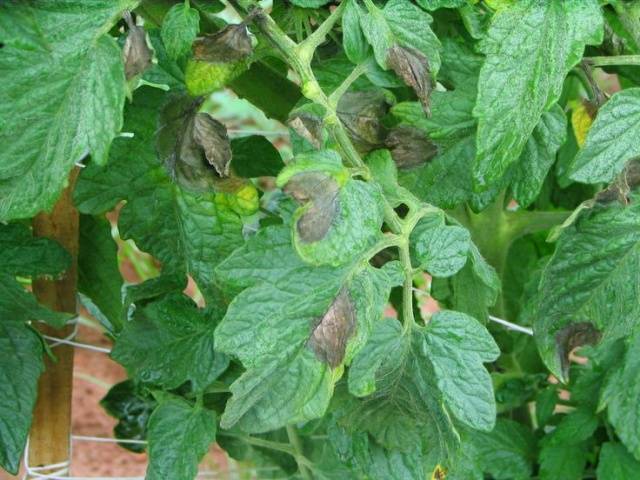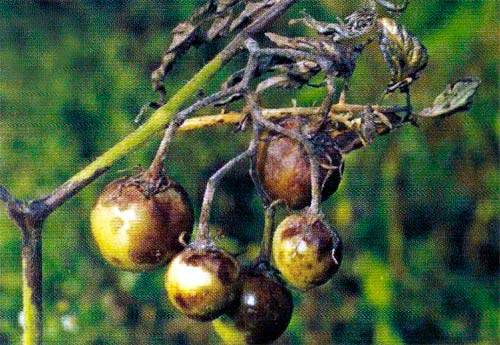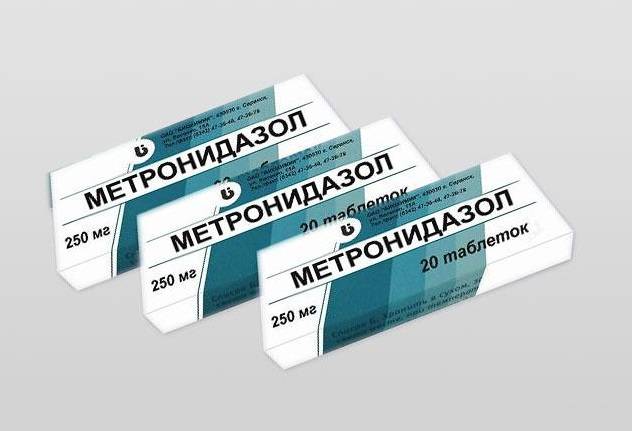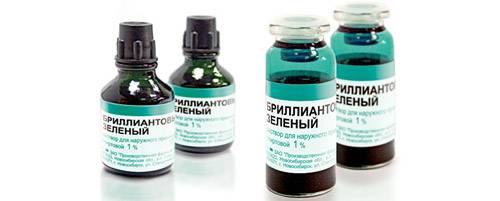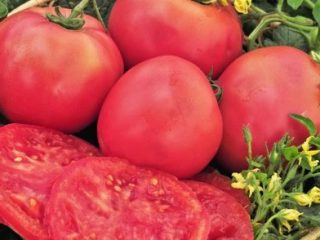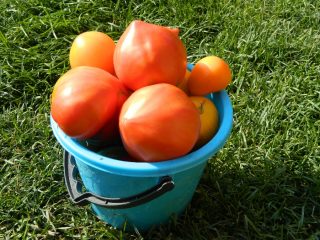Content
Every time a gardener visits a greenhouse with tomatoes in the second half of summer, he not only admires the ripening harvest, but also looks closely at the plants: are they healthy, are there brown spots on the leaves? And if any are found - all efforts made to prevent fight against late blightwere in vain. The disease nevertheless appeared, and, consequently, the entire harvest is under threat.
What to do when the first signs of late blight appear
What can be done for tomatoes in this case? First of all, you need to assess the damage done by the insidious enemy. If only a few plants are damaged, all diseased plant parts should be removed. If the disease has gone far and there are a lot of damaged leaves and fruits, such bushes should be removed without pity. All infected plant parts must be removed from the site and burned.
No treatment with solutions, let alone watering immediately after the removal of plant parts, is unacceptable.
By picking off the leaves, the gardener creates wounds on the plants. At high humidity, they become the gateway for the introduction of infection, and the disease takes on a hurricane.
For example, apply trichopol from late blight on tomatoes.
Treatment of diseased tomatoes
Metronidazole or Trichopolum is an antibacterial drug that is used to treat many diseases in humans. It also effectively treats fungal infections. Suppresses metronidazole and the development of fungal infections on plants, including tomatoes.
To combat late blight, there are many means, both based on chemicals and folk... Most of them should be used prophylactically, long before the onset of signs of the disease. But if it did not work out on time, or if such climatic conditions developed - cold weather and prolonged rains, in which all the measures taken were ineffective, you have to resort to therapeutic measures for already diseased tomatoes.
Method of using trichopolum from late blight on tomatoes
The recipe for this drug is quite simple. 20 tablets or two blisters of trichopolum or its cheaper analogue metronidazole must be dissolved in one bucket of water. To do this, it is better to prepare a concentrated solution in warm water, any container will do. Then the volume of the solution is brought to ten liters by simply adding pure water. If it is necessary to treat already diseased tomatoes, the treatment is carried out especially carefully, not forgetting that the causative agent of the disease is most often located on the underside of the leaves. Therefore, the whole plant must be sprayed against late blight. Since the causative agent of this disease can be found on all parts of the tomatoes, including the roots, each plant is additionally watered with the prepared solution. But you need to water a little, no more than 50 ml per bush.
Some gardeners combine metronidazole with brilliant green or iodine. This treatment is believed to be more effective.The spraying agent is prepared by adding one pharmacy bottle of greenery to the prepared solution of trichopolum. The processing is carried out in the usual way.
In order not to harm your health, do not exceed the concentration of the solution and do not process tomatoes with it more than three times per season.
Preventive measures against late blight on tomatoes
The best way to preserve the tomato crop is to keep phytophthora out of the area. To do this, you need to take certain measures long before planting tomatoes in the ground. Prevention of this dangerous disease is not easy. It has many components.
- Every autumn, treat the soil in the greenhouse with a solution of phytosporin, and disinfect the greenhouse itself with a sulfur checker, if its structure is made of wood or with the same phytosporin. Copper sulfate, if the frame of the greenhouse is made of metal.
- Process tomato seeds and potato planting material with agents that destroy the causative agent of the disease. The causative agent of phytophthora is able to survive on a seemingly healthy potato planting material and on the smallest hairs on the surface of tomato seeds.
- Soak the roots of the seedlings before planting in a phytosporin solution for two hours. Spill the wells with the same solution before planting.
- Monitor the proper nutrition of tomatoes both in the greenhouse and in the open field. Do not overfeed tomatoes with nitrogen. This weakens the plant's immunity.
- Apply immunostimulants to increase the immunity of tomatoes.
- Carry out preventive treatments of tomatoes long before the possible appearance of the disease, not forgetting other nightshades, especially potatoes.
- Mulch the soil around the plants with dry hay. The layer of hay should not be less than ten centimeters, under such conditions it will be difficult for fitftora pathogens from the soil.
- Water the tomatoes correctly without creating high humidity in the greenhouse. Watering should be done only at the root, without wetting the leaves.
- It is better to water the tomatoes in the early morning, so that the topsoil dries up during the day.
- Watering should not be frequent, but abundant in order to completely saturate the soil layer in which the roots of tomatoes live. In hot weather, watering is carried out every three days. If it's cool, water it no more than once a week.
- Never use cold water for irrigation. The stress that the plants will experience during this will greatly weaken them and contribute to the development of the disease.
- Ventilate the greenhouse after watering to reduce humidity.
- Never cut off stepchildren in high humidity, before and immediately after watering.
Cure completely tomatoes from phytophthora impossible. You can only slow down the development of the disease. Therefore, it is so important to try to prevent tomato diseases by taking all preventive measures.
